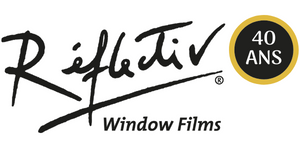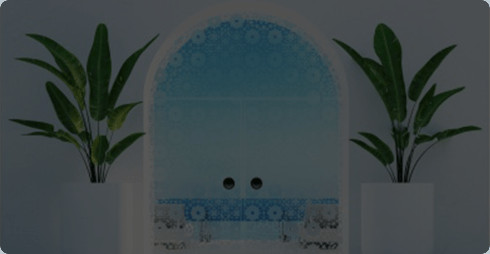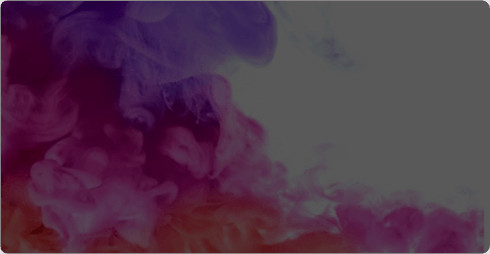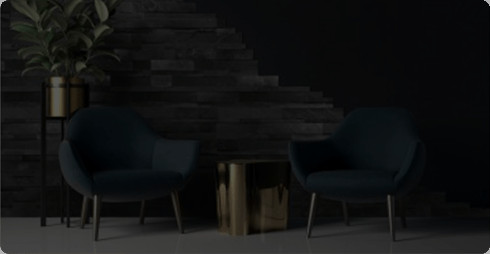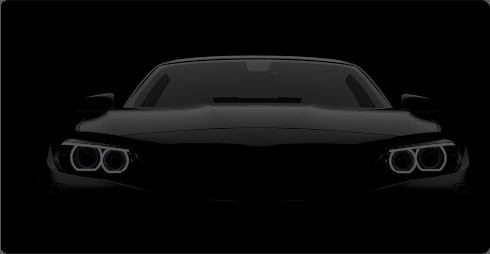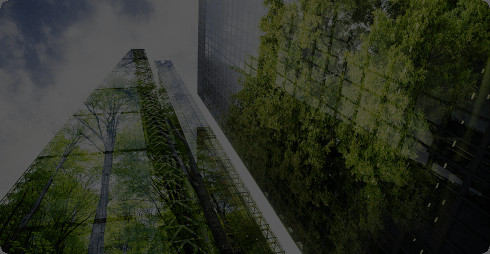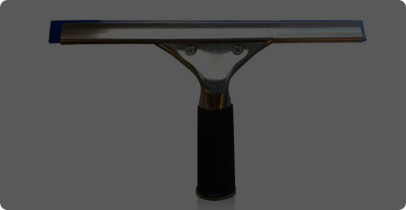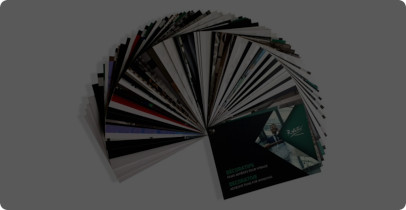FAQ :
How to choose your automotive film?
Choosing the right automotive film is essential, we offer different levels of ranges and qualities.Here are some examples of questions to ask yourself before making the right selection:
- • What geographical area I am in? If you are in a geographical area with a high incidence of the sun, for example in North Africa, the film will be more likely to "suffer" from UV radiation, and therefore to fade quickly than in a less exposed country (eg Scandinavia). In this case, it is necessary to choose a film with high quality (AUTD or EXLB), that is to say with a color tinted in the mass.
- • My application preferences? Each installer has his own installation preferences, some will favor thin films (AUTS / AUTD: 23 microns) while others will find it more pleasant to handle, thermoform and work with greater thicknesses (AUTP: 46 microns).
- • What shade? On this question again, the choice remains at the assessment of the buyer, and in particular the level of opacity he wants (from 5% to 83% of transmitted light). Please note, in most countries, especially in the EU, legislation exists that prohibits certain levels of opacity on the front windows (70% minimum light transmission). Here is a detail of our ranges:
- ○ AUTC/S: 23 microns, single printing on transparent PET
- ○ AUTP: 46 microns, printing in the middle of a double layer of PET
- ○ AUTD: 23 microns, mass tinted
- ○ EXLB: 37 microns, mass tinted / nano-ceramic
What is a solar film used for? How does it work?
Although it is enjoyable to have light, it can sometimes be disturbing when your windows are exposed to direct sunlight (heat discomfort, glare). The solar protection film allows you to reduce what is commonly known as transmitted solar energy or solar G factor. In other words, the heat transmitted through your windows. There are 3 main phenomenons:
- Rejection: This is the amount of solar energy rejected by the glazing
- Absorption: This is the amount of solar energy absorbed by the glazing and redistributed to the outside (indirect rejection) and inside (indirect transmission) in a second step
- Transmission: This is the amount of solar energy transmitted directly through the glass. The goal of the solar film is to reduce the final transmitted portion as much as possible (direct + indirect transmission).
Impact of the films according to the face of application:
• Interior: For indoor installation, the solar energy is partly rejected but a part of it will be absorbed by the glass. So this is a less efficient type of film than the previous one, despite its better resistance over time. There are different models detailed below:
How to avoid dust when applying film?
To avoid dust and thus limit the appearance of bubbles once the film has been applied, it is necessary to follow the following recommendations:
- • Apply in a healthy, dust-free environment, e.g. if you have to work on a construction site, do not apply until all other work has been completed and the area has been cleaned
- • Spray water in the air, this will allow you to "catch" the flying dust and make it fall to the floor by gravity
- • Clean the glass perfectly. Dust can be invisible to the naked eye, use our scrapers with soap and water (do not use any corrosive products) and follow carefully all the steps described in our application instructions
- • Once the glass has been cleaned and the liner removed, act quickly to avoid dust to settle on the adhesive or the glass
- • Outdoors, it is of course impossible to "check" all the ambient dust, especially as the wind does not help you in this task. Sometimes it is a good idea to use the "unrolling" installation technique, i.e. remove the liner and unroll the film as you go along. This way you do not let the dust settle. This technique requires precision and a certain expertise in installation. Two people may be needed for large formats. If you still have bubbles, it is easy to see if it is dust, check if a small black dot is in the centre of the bubble, if this is the case, the installation has failed and you will have to start again, several reasons can explain it:
Cylinder and digital printing: what is the difference?
These are two completely different printing methods.
- • Cylinder printing: This is the core of our business and is mostly done on PET film. A metal cylinder is engraved in such a manner that by applying it like a stamp in ink and then on the film (by rolling), it prints the engraved motif. This is why the patterns are repeated every 70cm (the standard circumference of the cylinder). The advantage is that very large quantities can be produced while maintaining consistency in colour and design.
- • Digital printing: There are several different methods, UV, solvent, eco-solvent or latex printing. Each type of printing has its own properties and different rendering. Printing is only possible on vinyl / PVC. The advantage of this type of printing is that any design can be realised on a small size and on a material suitable for outdoor use. The main constraint is the low durability.
How to choose a security film?
Our safety films are designed to protect windows, places and people in the surroundings. The choice of film will depend on the objective:
- • Window indication: our visualization strips improve the visibility of certain windows in public places. This ensures that people can see the windows from a certain distance and thus avoid a collision. Various shapes and colours are available in order to integrate them into your spaces (red or grey dots, white or frosted lines, square, etc.)
- • Temporary protection: these films protect your windows during work and prevent paint, dust or other debris from being splashed onto them. Stay confident on your construction sites and concentrate on the essentials. Durability, thickness (50 or 90 microns) and reusability are important factors to consider when choosing a PTB 50 or STC 900 film.
- • Anti-graffiti & anti-scratch: these films protect windows against vandalism. They are particularly useful for public transport (bus, metro, train) and can be easily replaced.
- • Anti-intrusion or anti-bullet: these high protection security films are used to secure sensitive areas such as shops, schools, museums, etc. Thanks to a specific film, impacts are absorbed and prevent the glass from breaking into several pieces. To choose the right type of film, you need to consider:
o The surface to be installed (over or under 3M²)
o Film size: 100 microns or 200 microns
o The type of protection: burglary or bullet proof
